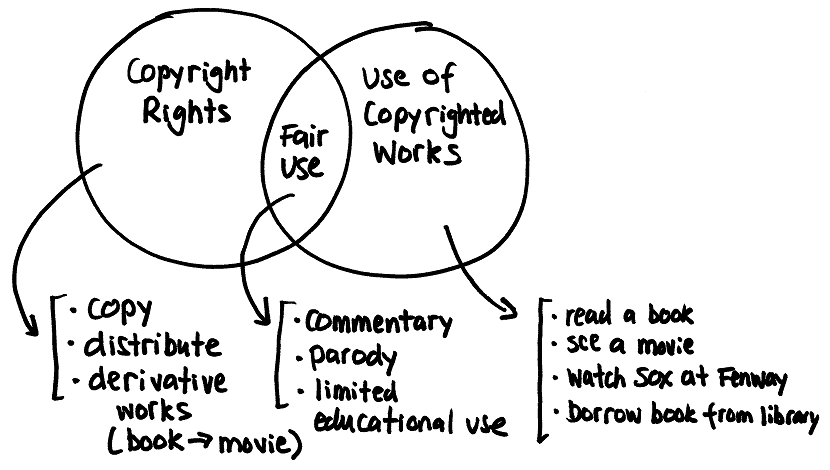- Journal articles, or excerpts from them
- Books, or excerpts from them
- Databases and electronic journals
- Musical works, scores, lyrics, and sound recordings
- Pictorial/graphic works, art, sculpture, photographs
- Audiovisual works, motion pictures, videos, video games
- Computer software
Who owns the copyright to a work?
In most cases, the author or creator of the work is the copyright holder unless they have transferred the rights to someone else through a written agreement, such as a publishing agreement.
Depending upon when a work was created, it is subject to different requirements regarding copyright notice and registration, as well as different copyright terms. Under current U.S. law, copyright lasts until 70 years after the death of the author. For works made for hire, the copyright term is either 95 years from the date of publication, or 120 years from the date of creation, whichever is shorter.





